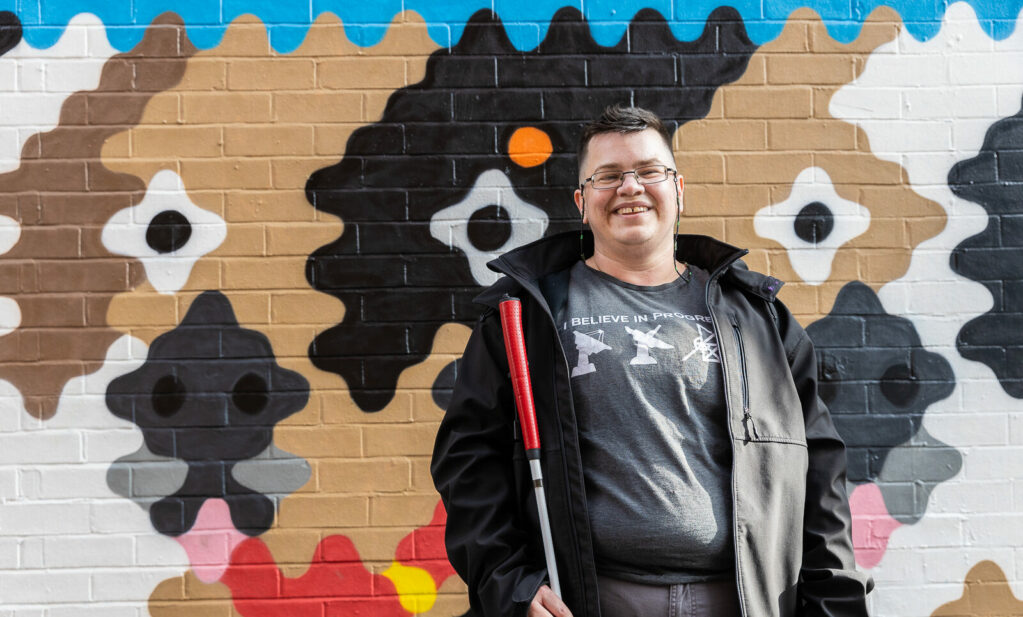Manual ramps WILL be kept at 16 Tube stations
Transport for All
To the delight of wheelchair and scooter users in...
To the delight of wheelchair and scooter users in London, Transport for London has announced that manual boarding ramps will be kept in place after the Games. TfL has also said that they will review their use and look at ‘potential locations for future use’, raising hopes that other stations could be opened up to disabled passengers with ramps.
However, we are concerned that TfL has said ‘the ramps will remain in use for the next few months whilst a review is conducted, that will examine all aspects of their use, including benefits to customers, reliability, cost, level of usage and potential locations for future use.’
The ramps were hugely successful during the Games, welcomed by staff and customers alike. We see no need to conduct further review when they’ve worked so well for disabled passengers.
Transport for All had campaigned for the ramps to stay – we wrote to the Mayor of London to urge him to keep the ramps in place; and members used the ramps and called for them to remain in use.
With staff assistance, the ramps, in use at 16 stations, bridge the gap or step between platform and train.
Only 66 Tube stations out of 270 – less than one in four – are stepfree from street to platform. Of these, only half are stepfree all the way onto the train, because of a gap or step between platform and train.
Transport for All members have been trying out the ramps during the Games. The feedback we have received has been really positive, with some wheelchair users able to use their local station for the first time. Andy Greene, a scooter user, had not used the Tube for twenty years. He said, “I am very pleased about this decision. Having ramps available increases my independence.’
Elizabeth Ferris is a medical student who visited London for the Games. She said:
“I’m thrilled to hear that TfL have decided to keep the manual ramps introduced at 16 stations during games-time. The ramps made my journey time to the Olympic Park significantly shorter; instead of an hour long bus trip it became a 12 min tube journey. I would love to see this initiative rolled out across the network meaning other wheelchair users can get across London for work & leisure with the same ease as their neighbours currently do every day.”
However, there are around thirty stations which, because of a gap between platform and train, are still out of bounds to many disabled people. Ramps at 16 stations is a great start – but we need ramps to be rolled out to all those stations where a gap or step prevents disabled people getting on and off trains.
We also need to ensure that staff remain available at stations to offer assistance with boarding and disembarking from the train. One of the successes of travel during the Games has been that there have been plenty of helpful, visible, well-trained staff at every station, offering advice on travelling and, where needed, assistance.
Ramps at stations work when disabled travellers can be confident that there will be a member of staff with a ramp at their station when they need to get off.
In the longer term, raising the level of the platform with a platform hump is the best way to provide level access onto the train, without disabled travellers having to be dependent on a member of staff being available. We would like to see raised platforms being installed at all Tube stations where this is feasible.
Ramps have been installed at Hammersmith, King’s Cross St Pancras, West Ham, Westminster, Southfields, Wimbledon, Earl’s Court, Fulham Broadway, Stratford, Woodford, Oxford Circus, Queen’s Park, Edgware, Morden, Finchley Central and Stockwell London Underground stations.


